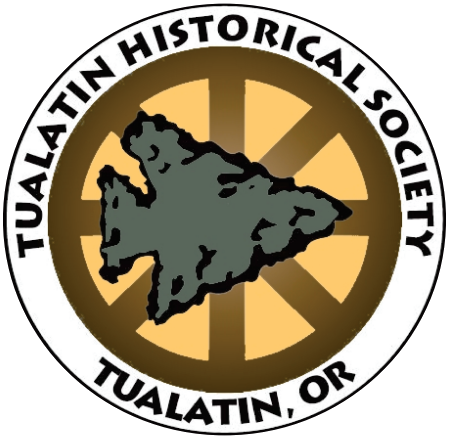2020: A Year to Remember (or Forget)
As summer began, Coronavirus 19 continued to impact daily life across all age groups, families, organizations, schools and businesses. Tualatin did not escape local, state, national and even worldwide impacts as govern-ment and private sector leaders scrambled to maintain preventive measures and provide testing while waiting for vaccines and possible therapeutics. Cases continued to climb locally and hospitalizations and statewide deaths were still rising. As of September 23, Tualatin reported 263 confirmed cases since the outbreak. Election year divides became more visible. For some, not wearing a mask was a statement of freedom from government overreach. Not only was the virus on every-one’s minds, but concerns over racial justice were still evident locally and even moreso in Portland where demonstrations continued nightly.
While residents were mostly staying at home, they re-lied more on social media, online entertainment options and dozens of TV channels were filled with information from private and public leaders as everyone be-came more proficient in using these tools. Soon schools realized that in-person instruction was not going to be possible starting in September, at least for the first 9 weeks. Yellow school buses were not seen on city streets and byways when drivers would normally have been training for the start of classes. It soon became obvious that traditional fall sporting events in schools and colleges would be curtailed. “Let Us Play” protests that popped up in the summer did not sway public officials who were trying to rely on the science-based guidance of health experts.
As seems to happen in times of local and national dis-asters, neighbors, businesses and community organizations stepped up to help each other. Residents used online shopping more frequently. Delivery company vehicles hit the streets each morning and continued into the evenings. Grocery pickup at stores was often a preferred shopping method. More families started gardens in the spring for a healthier lifestyle and crops were bountiful. While toilet paper shortages had been a crisis in March and April, a surprising new but smaller challenge emerged: Tualatin store shelves were bare of canning jars and lids!
And as Covid19 still burdened daily life, another threat affected Tualatin. A stretch of high temperatures in late August and early September was capped off by extremely strong winds from the east on Labor Day evening. Sparks from lightning, downed power lines, or im-properly doused campfires ignited wildfires in forests up and down the state. It was campfire coals near Bald Mtn southwest of Tualatin which blackened 800 acres.
Firefighters and equipment from Tualatin Valley Fire and Rescue not only saved homes from that one but also joined other departments on battle lines in Clackamas County. Residents not only had to learn Phase 1,2 or 3 classifications for Covid 19 protection but now faced a new set of life saving measures: Level 1 get ready, Level 2 get set, Level 3 go. Alerts were sent to many communities east of Tualatin, but a more pervasive issue in town was smoke which covered Tualatin for 10 days. Hazardous air conditions forced closure of city offices and was another reason residents had to stay in their homes.
THS board member Allen Song, owner of Izumi Japanese Steak-house, cooked and delivered meals for first responders with help from donors providing supplies. Local Tualatin hotels housed some residents evacuated.
Folks became more accustomed to using Zoom and other conferencing systems for public events such as Tualatin City Council meetings and some churches. Delays and glitches happened with varying bandwidths and personal equipment. Schools scrambled all summer to obtain more technology both for teachers and for students who now must deal with required screen time whether they like it or not. Parents working from home again had to monitor their kids’ learning in the same or another room. Even with their hasty trial run in the spring, Tualatin teachers were still trying to handle instructional tasks virtually. All schools were itching to open again, even on a part-week basis, to keep numbers of students in classrooms low for social distancing.

